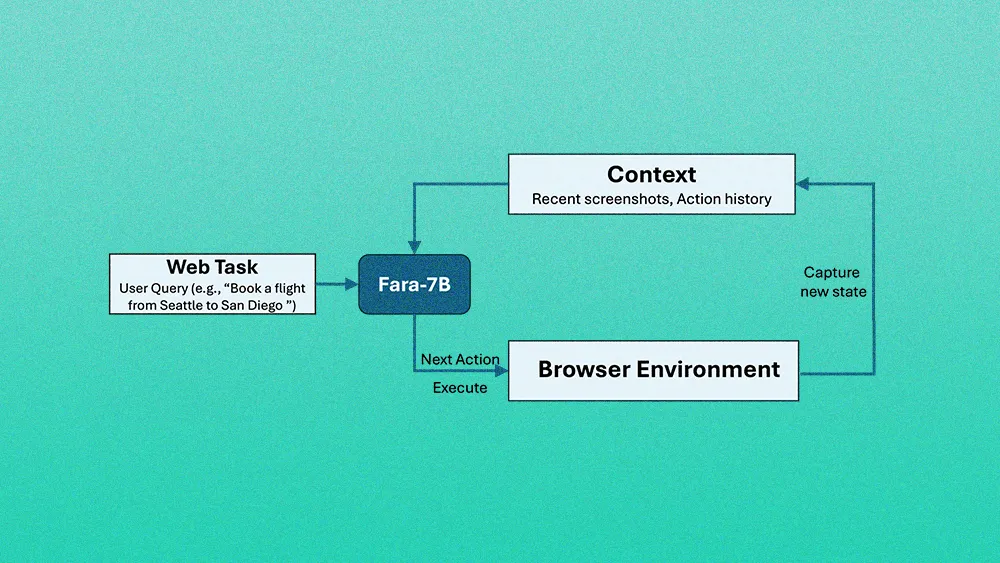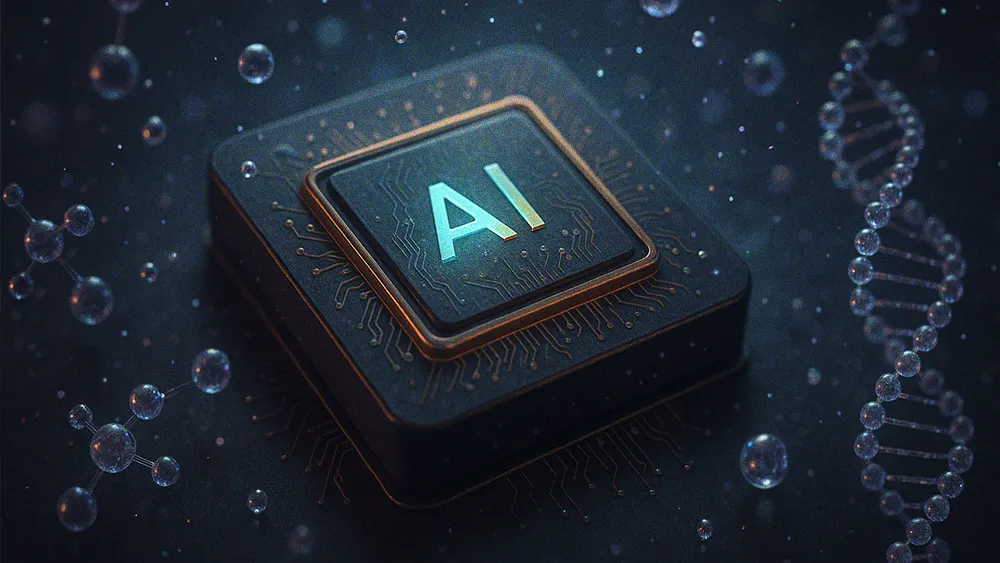Having the latest AI model is table stakes; making it truly transformative for a business is another game entirely. But beyond the hype of foundational technologies, the genuine transformation—and indeed the significant business opportunity—lies in strategically applying these powerful tools to solve tangible problems. It’s not just about having the smartest AI, but about smartly integrating it.
The worst AI we'll ever have: "The AI we have today is probably the worst we will ever have, which means it's going to significantly improve from this point onwards," says Nikhil Gupta, ex-Amazon, Interim CTO at Velsera and Founder of productivity tools Finc and Almo. With over 22 years of experience architecting transformative journeys for Fortune 100s, and with two commercially successful AI applications to his name, Nikhil believes the application layer is where innovation truly makes an impact. He sees current AI as excellent for tasks without absolute outcomes—like code generation—but believes it still needs to mature for more complex work, such as citing legal precedents.
"Consider refrigerators as an analogy. With the advent of that seminal technology, the real wealth creation was captured by organizations like Coca-Cola and Pepsi who deployed that technology to serve their customers better, not by the makers of the refrigerators themselves. We are likely to see a similar pattern with the companies that produce LLMs and the companies that deploy them at scale," Nikhil says. "I think this is one technology that will mature quite exponentially, not organically, and would be a real game changer for all of us in the coming months, if not years."
Beyond low-hanging fruit: While many companies embed AI agents into workplace communication tools like Slack—an initial move Nikhil views as "low-hanging fruit" letting them claim they are GenAI enabled, he questions the strength of their current utility. "I'd love to see some metrics on how many monthly active users these tools actually have," he muses. "The quality bar that these integrations need to clear for them to be really useful is still a bit further away. But I think with every passing week and month that quality bar will be coming down."
Navigating risk and compliance: Data security and governance are top concerns for companies adopting AI. Nikhil advises a conscious, upfront discussion within organizations. "Define your boundaries and put guardrails on those boundaries," he recommends. At Velsera, for instance, they classified data and decided that "if data is classified at this level, which is restricted for us, we don't want any AI to touch this data ever." Conversely, for legacy, non-IP code, developers have more freedom to experiment with public AI tools. Such proactive discussion, once done, will accelerate the adoption pace of AI in the company.
A universal protocol: "If I were a betting man, I would say MCP will not only stay, but it'll probably slowly get standardized," Nikhil predicts, looking ahead. He compares its potential to historical standardizations like HTTP, SOAP, XML, and REST, which fostered broad interoperability. "MCP has a real chance of building into this universal agent communication protocol that if done right, will benefit everyone."
Designing the workflow: "Just because you can fit AI into a workflow doesn't mean that AI can design the workflow for you," Nikhil cautions. "You will need to design the whole workflow, how logic and the steps will matter, and then see where AI fits in." Many get this wrong, he adds, becoming disillusioned when it's not as easy as anticipated. His own AI assistant, for instance, involved extensive human-led design despite its 130,000 lines of code being largely vibe-coded. "I actually start with problem statements. I get AI to do design documents, then I get another AI to provide feedback on those design documents," Nikhil elaborates on his process, underscoring the indispensable human contribution.
The power of practical application: Nikhil's enthusiasm for frameworks like Claude's Slack integration using MCP servers comes from direct experience. "I've built a whole AI-enabled Chief of Staff for me which I called Ferguson," he reveals. This personal AI tracks all his communications—emails, LinkedIn messages, WhatsApp—parses conversational partners, maps his entire network, and monitors opportunities. "All of that Ferguson brain was built by me and it's running as an MCP server in Claude." Such tools, he notes, deliver huge productivity boosts when set up with proper context and prompts.









